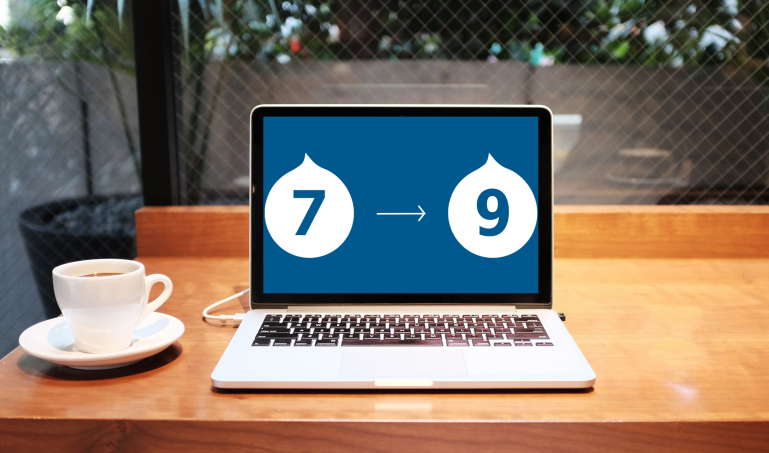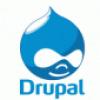Hướng dẫn Purging All Unused or Dangling Images, Containers, Volumes, and Networks
13th Mar 2022Purging All Unused or Dangling Images, Containers, Volumes, and Networks
Docker provides a single command that will clean up any resources — images, containers, volumes, and networks — that are dangling (not tagged or associated with a container):
docker system prune
To additionally remove any stopped containers and all unused images (not just dangling images), add the -a flag to the command:
docker system prune -a
Removing Docker Images
Remove one or more specific images
Use the docker images command with the -a flag to locate the ID of the images you want to remove. This will show you every image, including intermediate image layers. When you’ve located the images you want to delete, you can pass their ID or tag to docker rmi:
List:
docker images -a
Remove:
docker rmi Image Image
Remove dangling images
Docker images consist of multiple layers. Dangling images are layers that have no relationship to any tagged images. They no longer serve a purpose and consume disk space. They can be located by adding the filter flag -f with a value of dangling=true to the docker images command. When you’re sure you want to delete them, you can use the docker image prune command:
Note: If you build an image without tagging it, the image will appear on the list of dangling images because it has no association with a tagged image. You can avoid this situation by providing a tag when you build, and you can retroactively tag an image with the docker tag command.
List:
docker images -f dangling=true
Remove:
docker image prune
Removing images according to a pattern
You can find all the images that match a pattern using a combination of docker images and grep. Once you’re satisfied, you can delete them by using awk to pass the IDs to docker rmi. Note that these utilities are not supplied by Docker and are not necessarily available on all systems:
List:
docker images -a | grep "pattern"
Remove:
docker images -a | grep "pattern" | awk '{print $3}' | xargs docker rmi
Remove all images
All the Docker images on a system can be listed by adding -a to the docker images command. Once you’re sure you want to delete them all, you can add the -q flag to pass the image ID to docker rmi:
List:
docker images -a
Remove:
docker rmi $(docker images -a -q)
Removing Containers
Remove one or more specific containers
Use the docker ps command with the -a flag to locate the name or ID of the containers you want to remove:
List:
docker ps -a
Remove:
docker rm ID_or_Name ID_or_Name
Remove a container upon exiting
If you know when you’re creating a container that you won’t want to keep it around once you’re done, you can run docker run --rm to automatically delete it when it exits:
Run and Remove:
docker run --rm image_name
Remove all exited containers
You can locate containers using docker ps -a and filter them by their status: created, restarting, running, paused, or exited. To review the list of exited containers, use the -f flag to filter based on status. When you’ve verified you want to remove those containers, use -q to pass the IDs to the docker rm command:
List:
docker ps -a -f status=exited
Remove:
docker rm $(docker ps -a -f status=exited -q)
Remove containers using more than one filter
Docker filters can be combined by repeating the filter flag with an additional value. This results in a list of containers that meet either condition. For example, if you want to delete all containers marked as either created (a state which can result when you run a container with an invalid command) or exited, you can use two filters:
List:
docker ps -a -f status=exited -f status=created
Remove:
docker rm $(docker ps -a -f status=exited -f status=created -q)
Remove containers according to a pattern
You can find all the containers that match a pattern using a combination of docker ps and grep. When you’re satisfied that you have the list you want to delete, you can use awk and xargs to supply the ID to docker rm. Note that these utilities are not supplied by Docker and are not necessarily available on all systems:
List:
docker ps -a | grep "pattern”
Remove:
docker ps -a | grep "pattern" | awk '{print $1}' | xargs docker rm
Stop and remove all containers
You can review the containers on your system with docker ps. Adding the -a flag will show all containers. When you’re sure you want to delete them, you can add the -q flag to supply the IDs to the docker stop and docker rm commands:
List:
docker ps -a
Remove:
docker stop $(docker ps -a -q) docker rm $(docker ps -a -q)
Removing Volumes
Remove one or more specific volumes - Docker 1.9 and later
Use the docker volume ls command to locate the volume name or names you wish to delete. Then you can remove one or more volumes with the docker volume rm command:
List:
docker volume ls
Remove:
docker volume rm volume_name volume_name
Remove dangling volumes - Docker 1.9 and later
Since the point of volumes is to exist independent from containers, when a container is removed, a volume is not automatically removed at the same time. When a volume exists and is no longer connected to any containers, it’s called a dangling volume. To locate them to confirm you want to remove them, you can use the docker volume ls command with a filter to limit the results to dangling volumes. When you’re satisfied with the list, you can remove them all with docker volume prune:
List:
docker volume ls -f dangling=true
Remove:
docker volume prune
Remove a container and its volume
If you created an unnamed volume, it can be deleted at the same time as the container with the -v flag. Note that this only works with unnamed volumes. When the container is successfully removed, its ID is displayed. Note that no reference is made to the removal of the volume. If it is unnamed, it is silently removed from the system. If it is named, it silently stays present.
Remove:
docker rm -v container_name
Conclusion
This guide covers some of the common commands used to remove images, containers, and volumes with Docker. There are many other combinations and flags that can be used with each. For a comprehensive guide to what’s available, see the Docker documentation for docker system prune, docker rmi, docker rm, and docker volume rm. If there are common cleanup tasks you’d like to see in the guide, please ask or make suggestions in the comments.










Add new comment